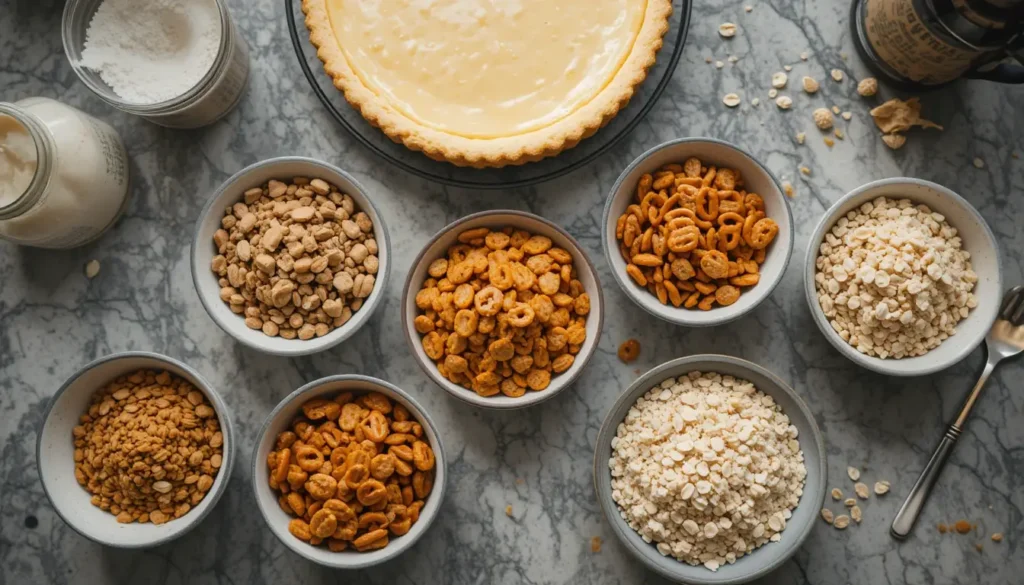When you’re in the kitchen, ready to whip up a creamy cheesecake or a no-bake tart, and you realize you’re out of biscuits, panic might set in. But don’t worry—there’s no need to abandon your dessert dreams. So, what is a good substitute for biscuit base? Whether you’re dealing with dietary restrictions, an empty pantry, or just feeling creative, there are plenty of alternatives to explore that deliver the same satisfying crunch and hold. Let’s dig into the delicious world of biscuit base substitutes and discover how you can craft amazing dessert foundations with simple, everyday ingredients.
Table of Contents
Understanding Biscuit Base and Its Uses
What Makes Biscuit Base Popular?
A biscuit base is like the unsung hero of desserts. Sure, the creamy layers of cheesecake or the tangy fruit topping of a tart grab all the attention, but without a sturdy base, the whole dessert could collapse—literally. Biscuit bases are beloved for their balance of crispness and buttery richness, which make them the perfect partner for soft or creamy fillings.
Usually made with crushed biscuits (like digestive biscuits or graham crackers) mixed with melted butter, this base is not only versatile but also super easy to prepare. It doesn’t require baking in most cases, making it a go-to choice for novice bakers or anyone pressed for time.
Common Desserts Featuring Biscuit Base
If you’ve ever had a slice of cheesecake, you’ve already experienced the magic of a biscuit base. But it doesn’t stop there! No-bake pies, tarts, dessert bars, and even some icebox cakes rely on biscuit bases for structure and flavor. From chocolate ganache tarts to creamy lemon bars, biscuit bases are a foundation that elevates desserts, adding a delightful crunch and depth to the overall experience.
Why Consider Substitutes for Biscuit Base?
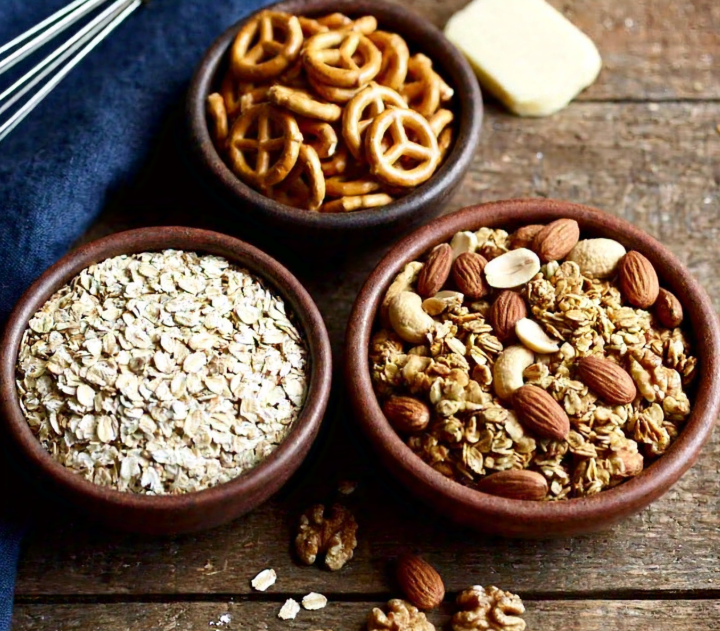
Dietary Restrictions and Preferences
Sometimes, sticking to the classic biscuit base recipe isn’t an option. Maybe you’re gluten-intolerant, trying out a keto lifestyle, or simply want a healthier alternative to processed biscuits. Whatever the reason, having substitutes allows you to cater to dietary needs without sacrificing flavor or texture.
Lack of Ingredients on Hand
We’ve all been there—you’re halfway through a recipe and realize you’re missing a key ingredient. If biscuits aren’t in your pantry, you don’t need to scrap the whole idea. Many common pantry items can be transformed into a satisfying dessert base with a little creativity.
Exploring Creative Dessert Ideas
Even if you’re a die-hard biscuit base fan, switching things up can be exciting. Why not experiment with flavors and textures to give your desserts a unique twist? Sometimes, stepping out of the box (or biscuit tin) leads to surprisingly delicious results.
Key Qualities of a Good Biscuit Base Substitute
Texture and Consistency Requirements
The beauty of a biscuit base lies in its ability to hold up under layers of filling while still being easy to cut through with a fork. Any good substitute needs to replicate this balance of sturdiness and crumbly texture. Whether you use nuts, oats, or something entirely unconventional, achieving the right consistency is key.
Flavor Profiles That Complement Desserts
A biscuit base brings a mild, buttery sweetness that pairs well with a wide range of flavors, from tangy citrus to rich chocolate. When choosing a substitute, think about how the flavors will work with your dessert filling. A salty pretzel base, for example, might be perfect for a caramel or peanut butter filling, while an oat and butter mix could enhance a fruit tart.
Best Substitutes for Biscuit Base
Crushed Graham Crackers
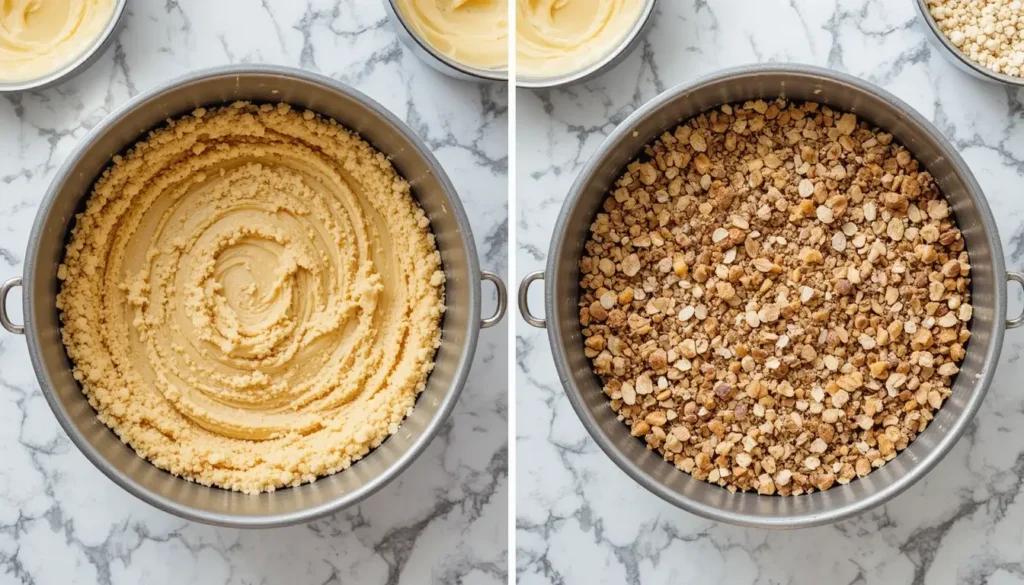
Graham crackers are the closest cousin to digestive biscuits and a fantastic substitute for biscuit base. Their sweet, slightly nutty flavor makes them ideal for traditional cheesecake or tart recipes. What is a good substitute for biscuit base? Graham crackers certainly fit the bill, offering a familiar taste and texture. Simply crush them and mix with melted butter for a quick fix, ensuring a sturdy and delicious foundation for your dessert.
Oatmeal and Butter Mixture
Looking for something heartier? Rolled oats mixed with butter and a touch of brown sugar can create a chewy, wholesome base. If you’re wondering what is a good substitute for biscuit base, this is a fantastic option. It works especially well for fruity desserts, adding an almost granola-like texture to your sweet creations while enhancing the overall flavor and crunch.
Crushed Nuts and Seeds
If you’re aiming for a gluten-free or keto-friendly alternative, crushed nuts (like almonds, walnuts, or pecans) are an excellent option. Combine finely ground nuts with butter or coconut oil to create a rich, nutty base that packs plenty of flavor. This alternative not only works as what is a good substitute for biscuit base, but it also adds a wholesome, crunchy texture that pairs perfectly with creamy fillings like cheesecake or tart custards. Plus, it’s a nutrient-dense option for health-conscious bakers.
Granola Base
Granola isn’t just for breakfast—it can also make an amazing dessert base! Its combination of oats, nuts, and sweeteners like honey or maple syrup means it’s practically ready-made for the job. Just crush it slightly and press it into your pan for a crunchy, textured alternative.
Cake or Brownie Crumbs
Leftover cake or brownies lying around? Don’t let them go to waste! Crumbling these baked goods and combining them with butter can give your desserts a soft, sweet base with a unique twist. This option is perfect if you want to double down on indulgence. Plus, if you’re wondering what is a good substitute for biscuit base, this creative alternative adds a rich and moist texture that pairs beautifully with creamy fillings like cheesecake or chocolate mousse. It’s a great way to reduce food waste while elevating your dessert game!
Gluten-Free Options: Almond Flour and Coconut Flour Mix
For those avoiding gluten, a mix of almond flour and coconut flour can replicate the crumbly, buttery texture of a biscuit base. Add melted butter or a touch of honey to bind the mixture, and you’ll have a flavorful, gluten-free foundation for your dessert. What is a good substitute for biscuit base in gluten-free baking? This combination not only works beautifully but also adds a subtle nutty sweetness that enhances the overall flavor of your dessert.
Creative and Unconventional Alternatives
Pretzel Base for Sweet-Salty Desserts
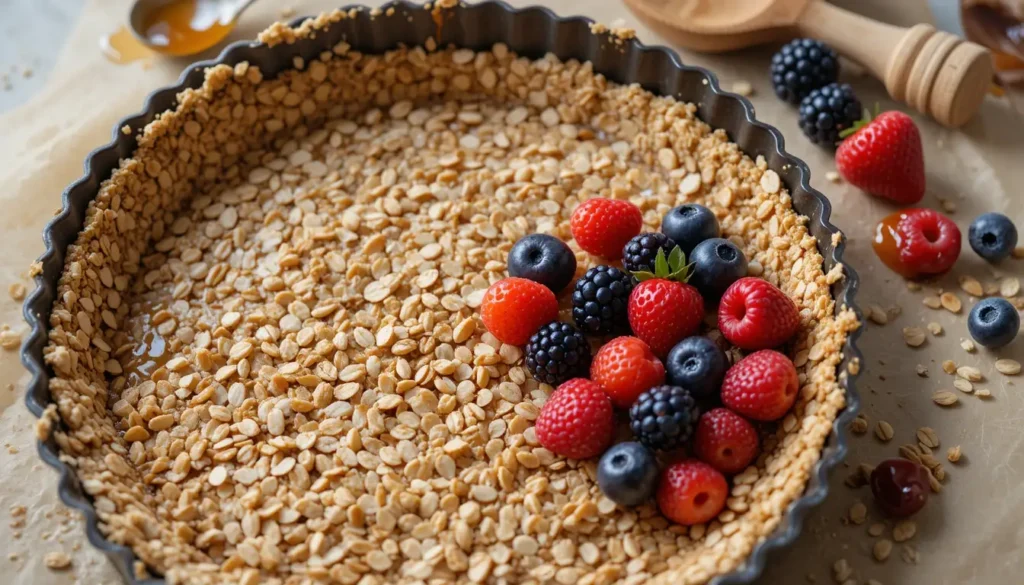
If you’ve ever savored the contrast of sweet and salty in a dessert, you’ll love the idea of using pretzels as a base. Crushed pretzels mixed with butter create a crunchy, salty layer that pairs beautifully with caramel, chocolate, or peanut butter fillings. The saltiness enhances the flavors of sweet toppings, creating a balance that’s nothing short of addictive. It’s a fantastic choice for those who love desserts that aren’t overly sweet.
Rice Krispies and Marshmallow Mixture
Ever thought of borrowing a trick from childhood? Rice Krispies mixed with melted marshmallows can be molded into a firm, chewy base perfect for no-bake desserts. This playful alternative adds a unique texture and a nostalgic flavor that works especially well with creamy or chocolatey fillings. Plus, the marshmallow acts as a natural binder, so no additional butter is needed.
Savory Crackers for Unique Pairings
For the adventurous baker, savory crackers like Ritz or saltines can be transformed into a dessert base with a slight twist. When combined with butter and perhaps a pinch of sugar, these crackers create a subtly salty base that pairs surprisingly well with tangy citrus curds or sweet cream fillings. It’s an unconventional approach, but the results can be delightfully surprising.
Troubleshooting Common Issues with Substitutes
Preventing Soggy Bases
One common issue when using alternative bases is sogginess, especially with softer substitutes like oats or cake crumbs. To prevent this, you can pre-bake the base (even for no-bake recipes) to dry it out slightly. Another trick is to brush the base with melted chocolate or jam before adding your filling. This creates a barrier that keeps moisture from seeping in and ruining the texture.
Achieving the Right Firmness
Have you ever tried slicing a dessert, only for the base to crumble apart? This is often due to an imbalance in the ingredients. If your substitute base isn’t holding together, try increasing the amount of butter or binding agent you’re using. Additionally, pressing the mixture firmly into the pan (using the back of a spoon or the bottom of a glass) can help compact it for better stability.
Enhancing Flavors in Unusual Substitutes
Not all substitute bases come with a naturally strong flavor, so you may need to get creative to enhance their taste. For instance, you can add spices like cinnamon or nutmeg to an oat base or mix a touch of vanilla extract into a nut-based alternative. These small additions can elevate your dessert and make it as flavorful as the classic biscuit version.
Tips for Perfecting Your Dessert Base
Balancing Sweetness and Texture
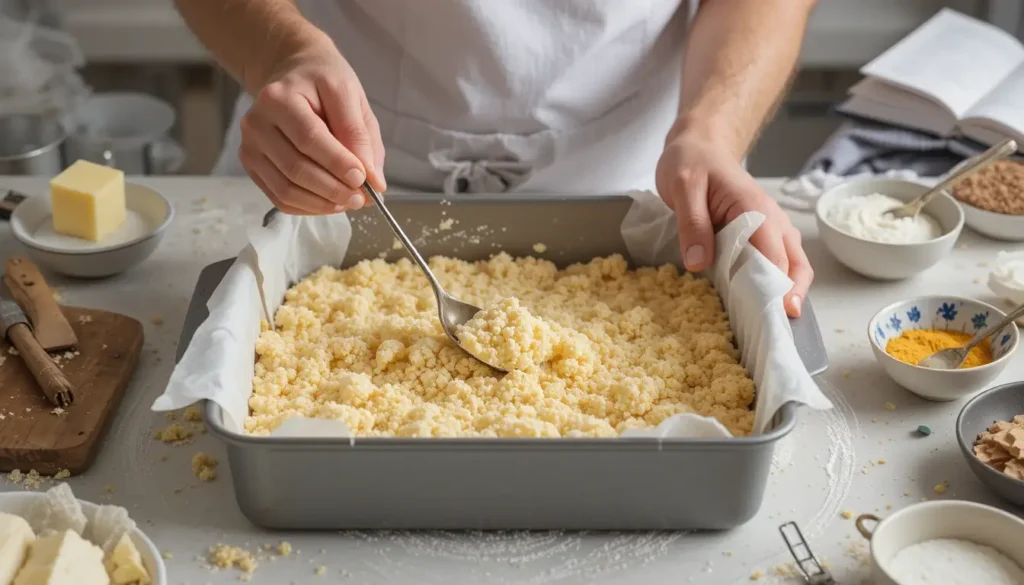
The foundation of any dessert, including when you’re considering what is a good substitute for biscuit base, needs to complement the filling without overshadowing it. When crafting your base, pay attention to the balance of sweetness and texture. For example, if your filling is rich and sweet (like chocolate mousse), consider a slightly less sweet base like crushed nuts or pretzels. Conversely, for tart or tangy fillings, a sweeter base like graham crackers or cake crumbs can help create harmony.
Testing Combinations Before Finalizing
One of the joys of experimenting with dessert bases is the freedom to mix and match flavors and textures. Don’t be afraid to test small batches of different combinations before committing to one. For example, you might try pairing a nut-based crust with a lemon filling or using granola with a creamy yogurt topping. Taste-testing ensures you land on the perfect pairing.
FAQs About Biscuit Base Substitutes
What Can I Use If I Don’t Have Biscuits?
If you don’t have biscuits, you’re not out of options. Crushed graham crackers, oats, granola, or even cake crumbs can step in as fantastic substitutes. The key is to choose something that complements your dessert’s flavor and holds together with a binding agent like butter.
Can I Use Store-Bought Crusts as a Substitute?
Absolutely! Pre-made crusts, such as graham cracker or pie crusts, can save you time and effort. While they may not offer the same creative flexibility as making your own base, they’re a convenient option when you’re in a pinch.
What’s the Healthiest Alternative to Biscuit Base?
For a healthier twist, consider using crushed nuts, oats, or almond flour. These options are nutrient-rich and can be sweetened naturally with honey or maple syrup. Granola, especially when homemade, is another great choice for a wholesome dessert base.
Can Substitutes Be Used in Baked Recipes?
Yes, most substitutes can handle a quick bake if needed. For example, oat and butter mixtures or nut-based crusts can be pre-baked to set before adding fillings. Just ensure the substitute you choose can withstand the oven’s heat without losing its texture or flavor.
How Do I Make a Gluten-Free Base?
To create a gluten-free base, use ingredients like almond flour, coconut flour, or crushed gluten-free crackers. Combine them with butter or a dairy-free alternative, and you’ll have a base that’s both delicious and safe for those with gluten sensitivities.
Can I Make a Vegan Biscuit Base Substitute?
Of course! Swap butter for plant-based alternatives like coconut oil or vegan margarine. Pair this with crushed nuts, oats, or vegan graham crackers for a base that’s completely plant-friendly and still scrumptious.
Conclusion: Experimenting with New Dessert Foundations

So, what is a good substitute for biscuit base? The answer is: almost anything that complements your dessert and fits your needs! Whether you’re reaching for pantry staples like oats or trying something unconventional like pretzels, there’s no shortage of creative options. Don’t let missing biscuits hold you back—use this as an opportunity to experiment, discover new flavor pairings, and craft desserts that are uniquely yours.
Remember, the base of a dessert is just the beginning. Once you’ve nailed the foundation, the possibilities are endless. Happy baking!
For additional tips on creating no-bake bases, explore this simple no-bake cheesecake recipe.

